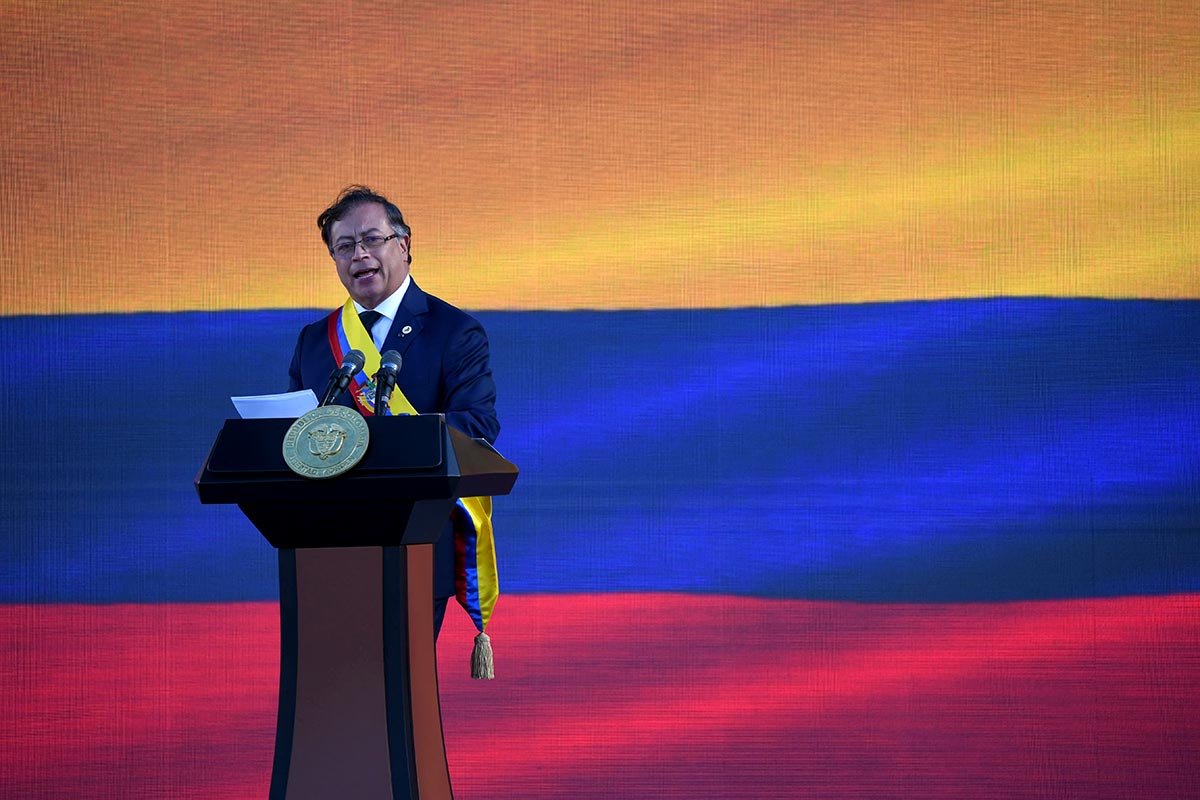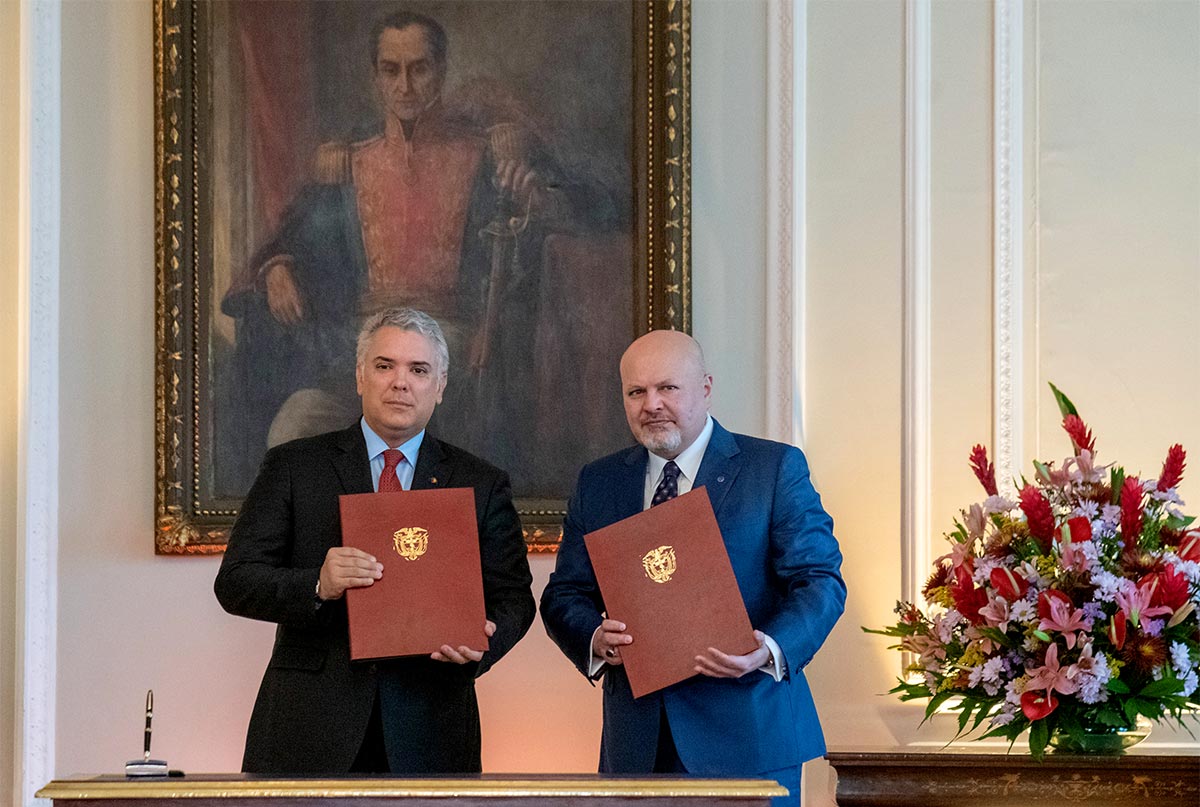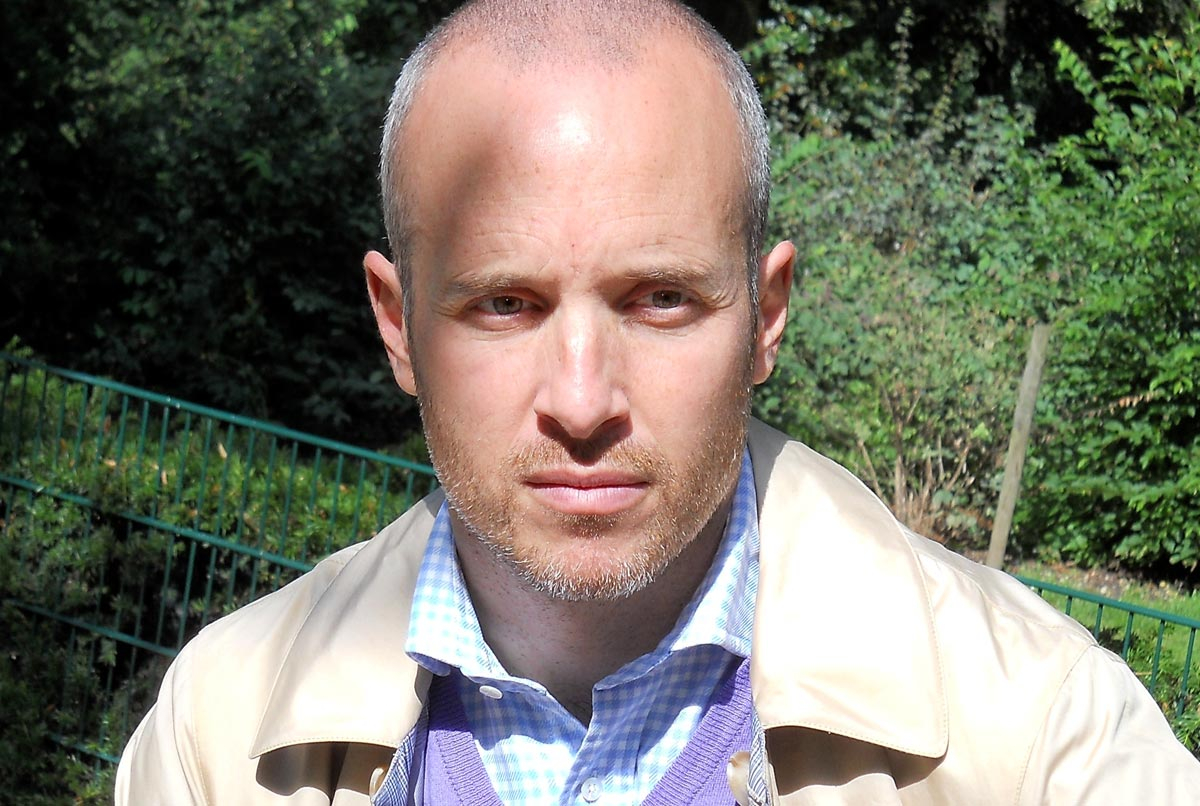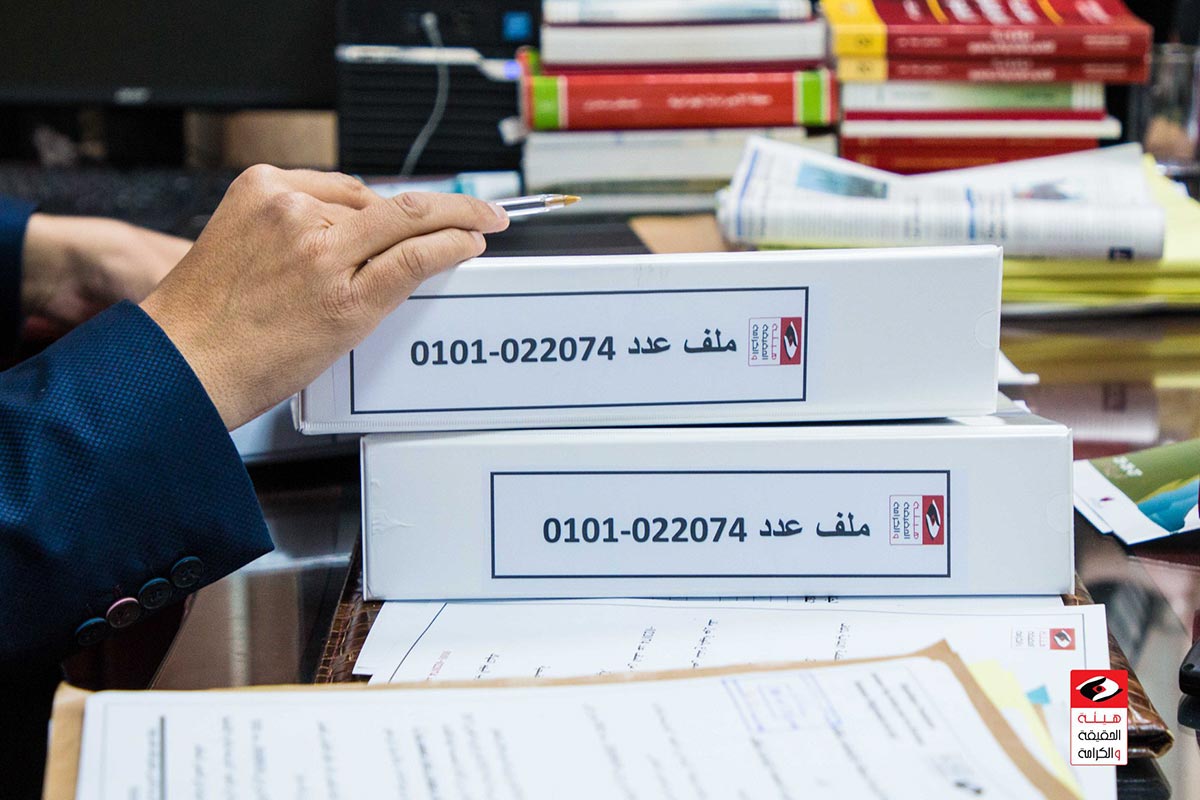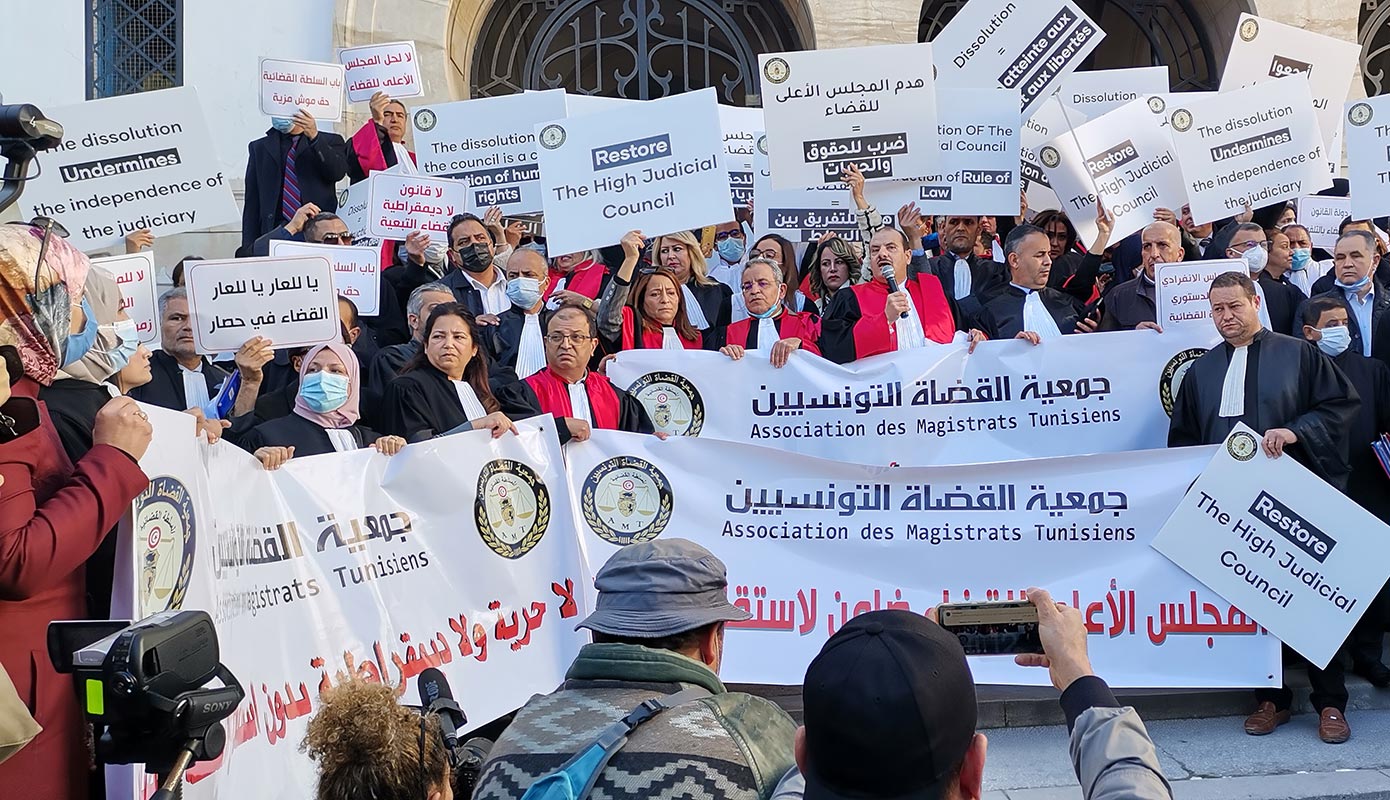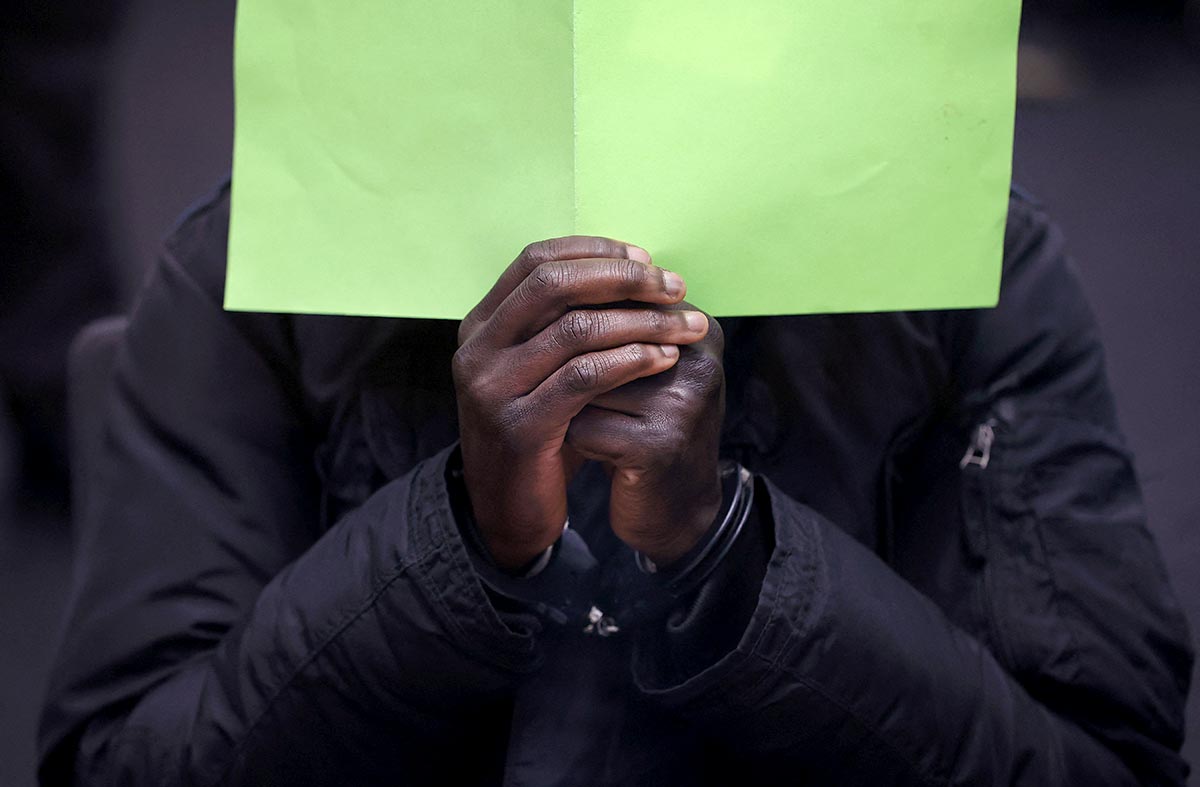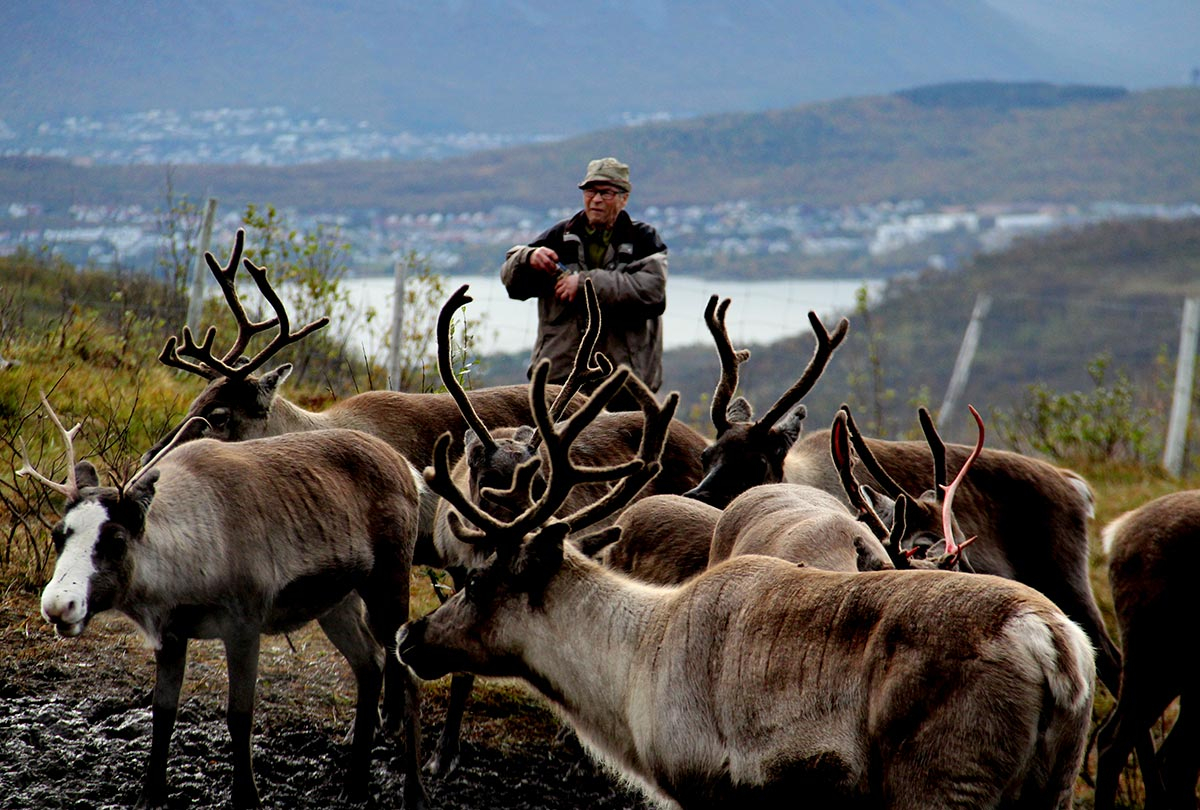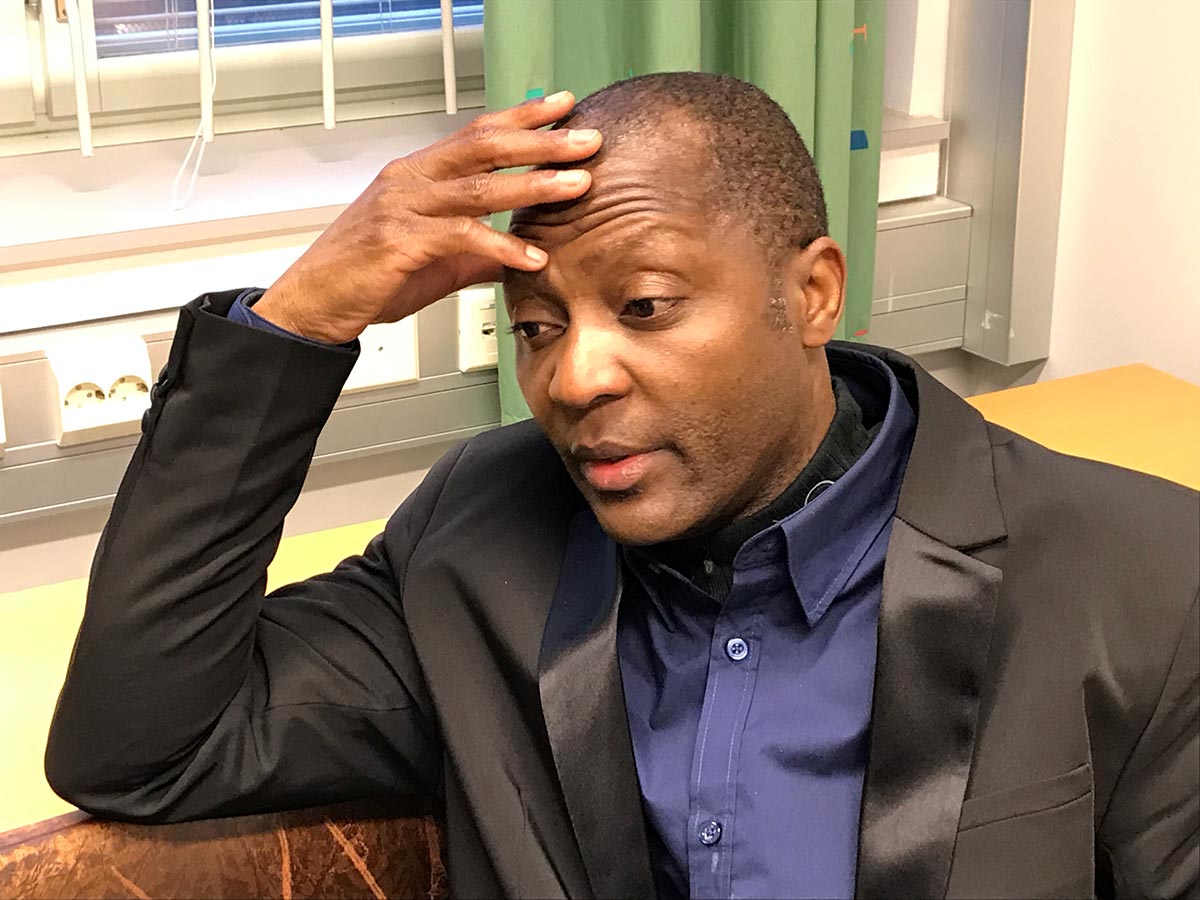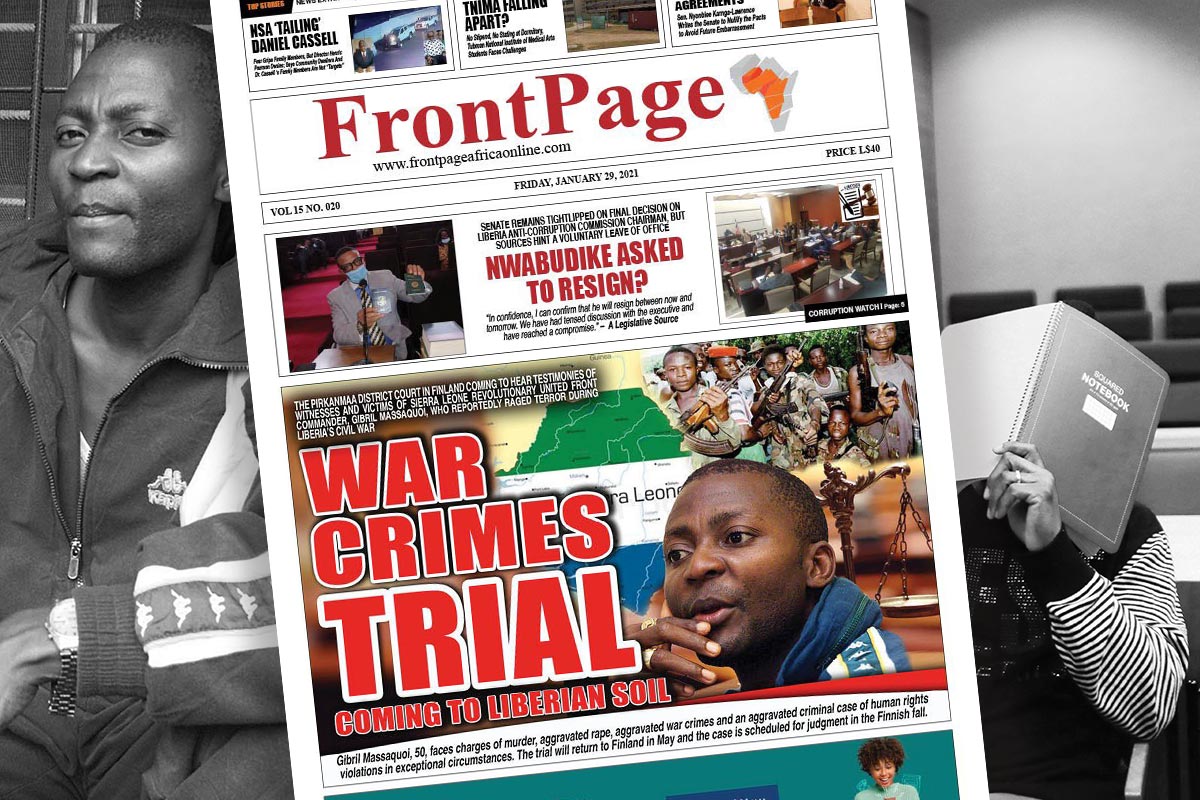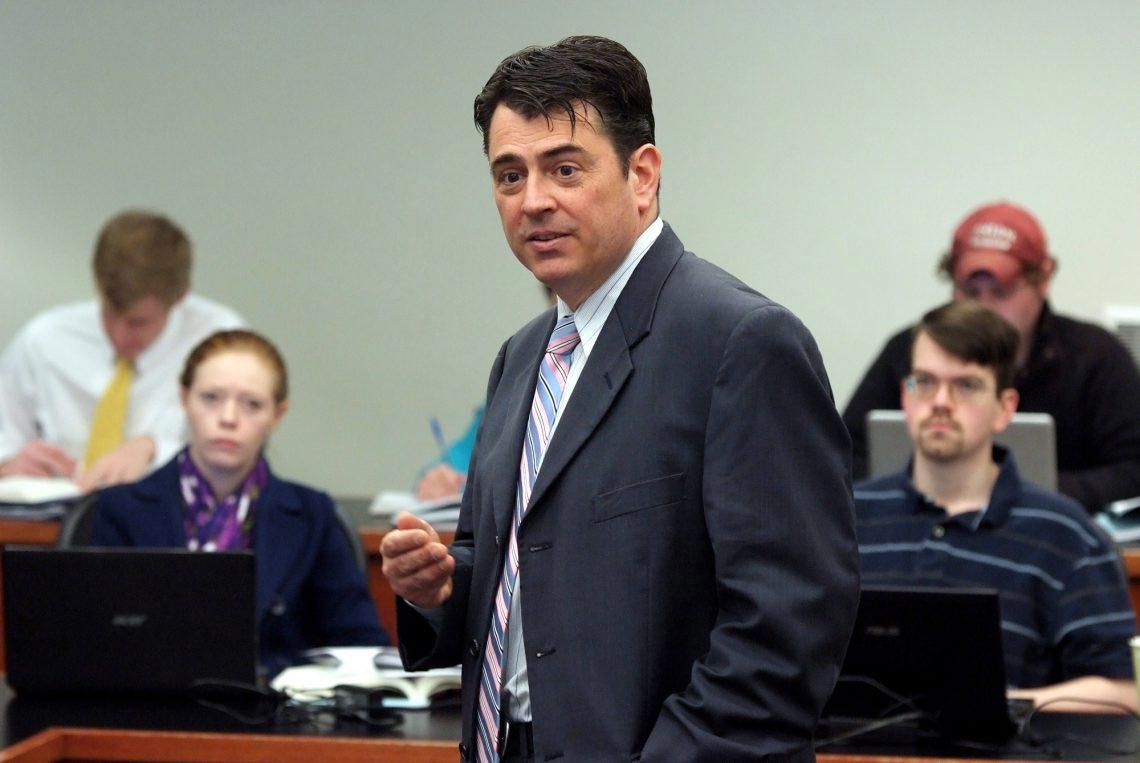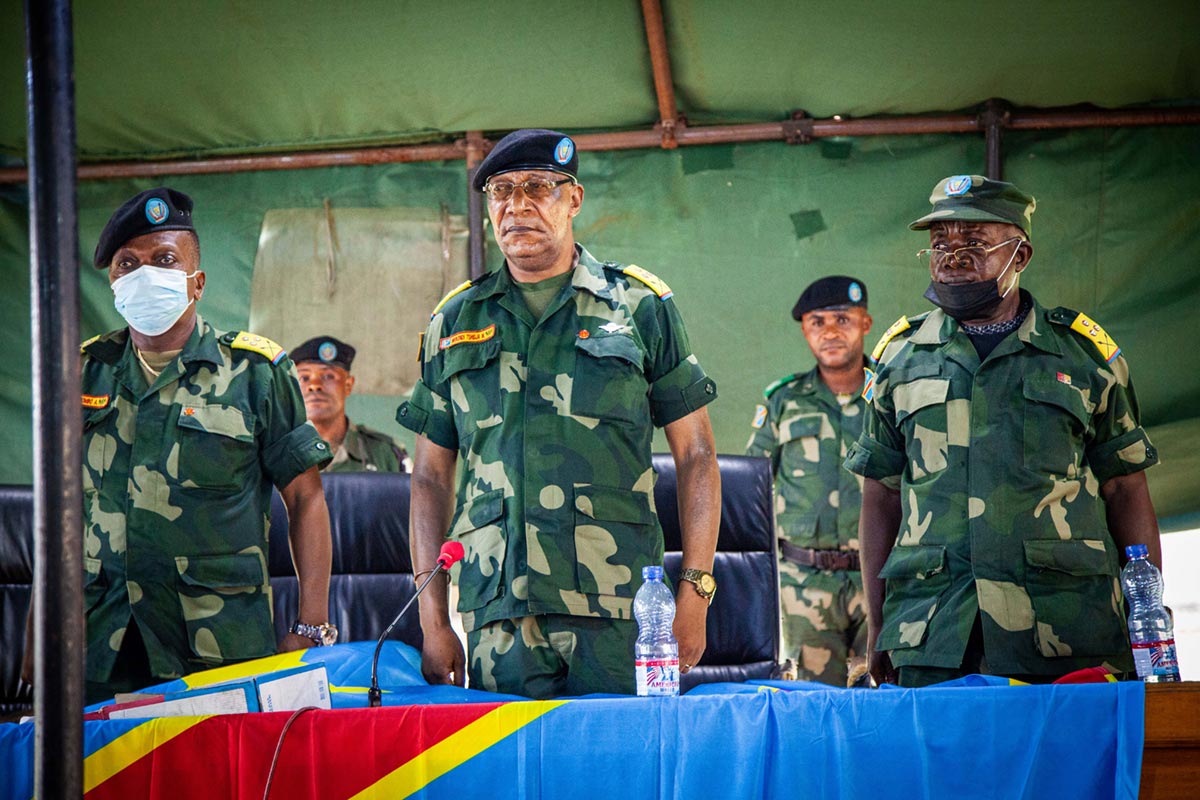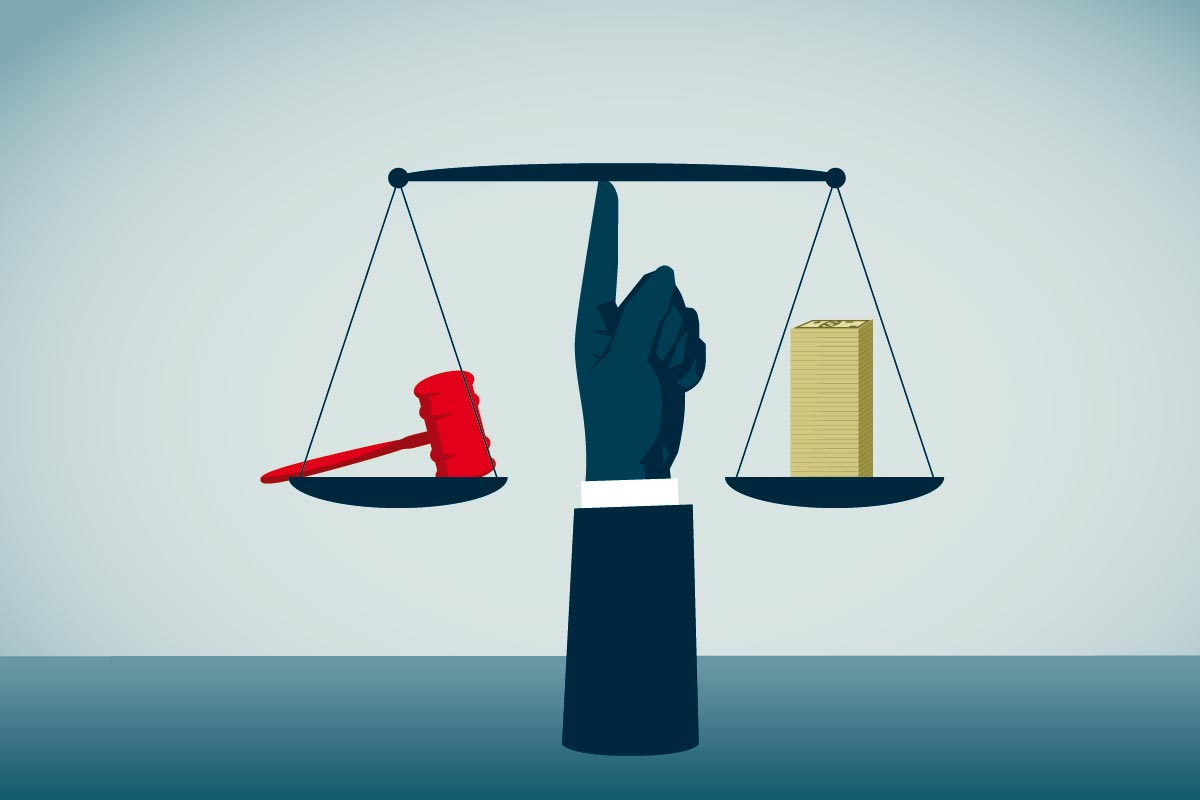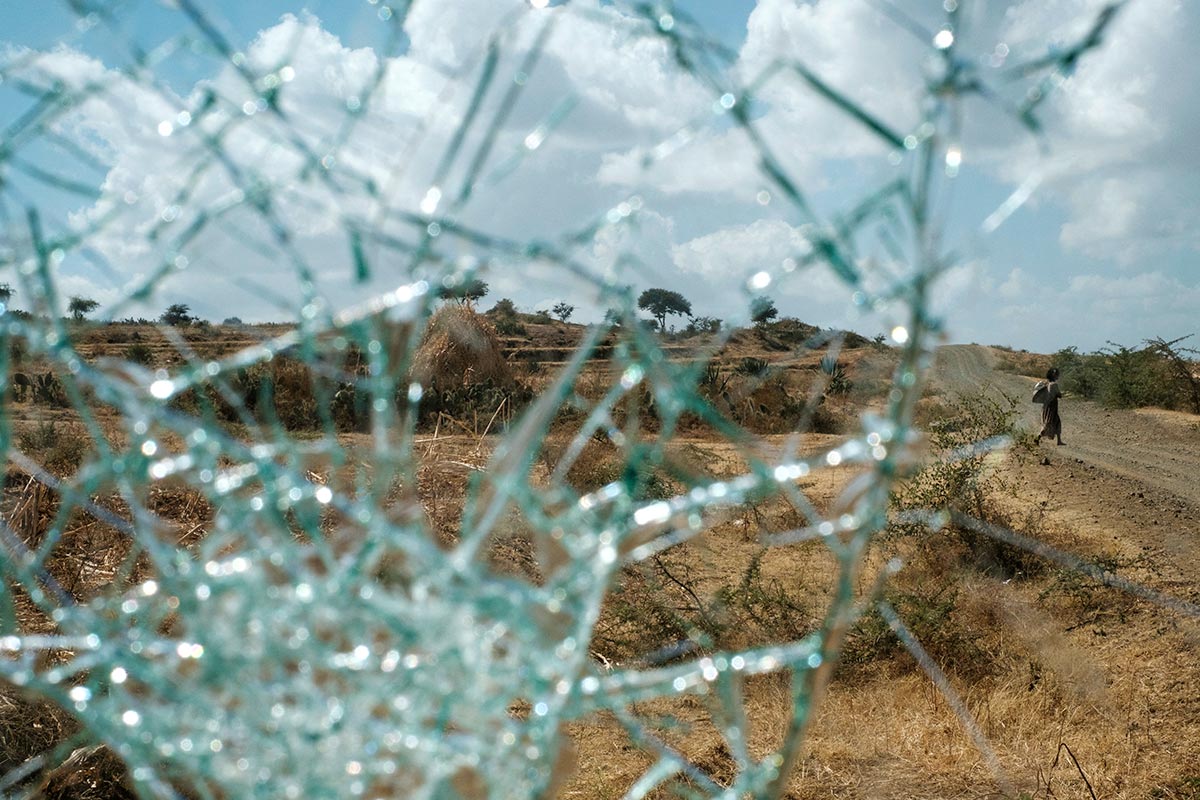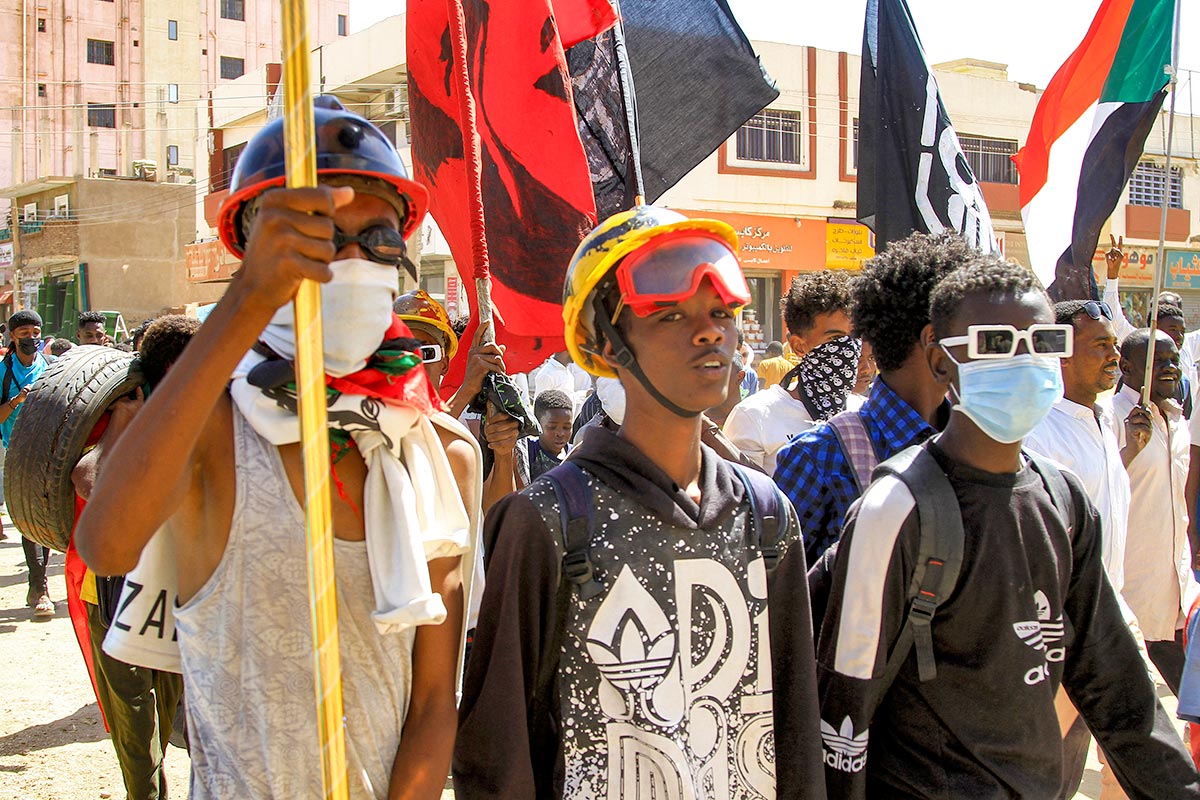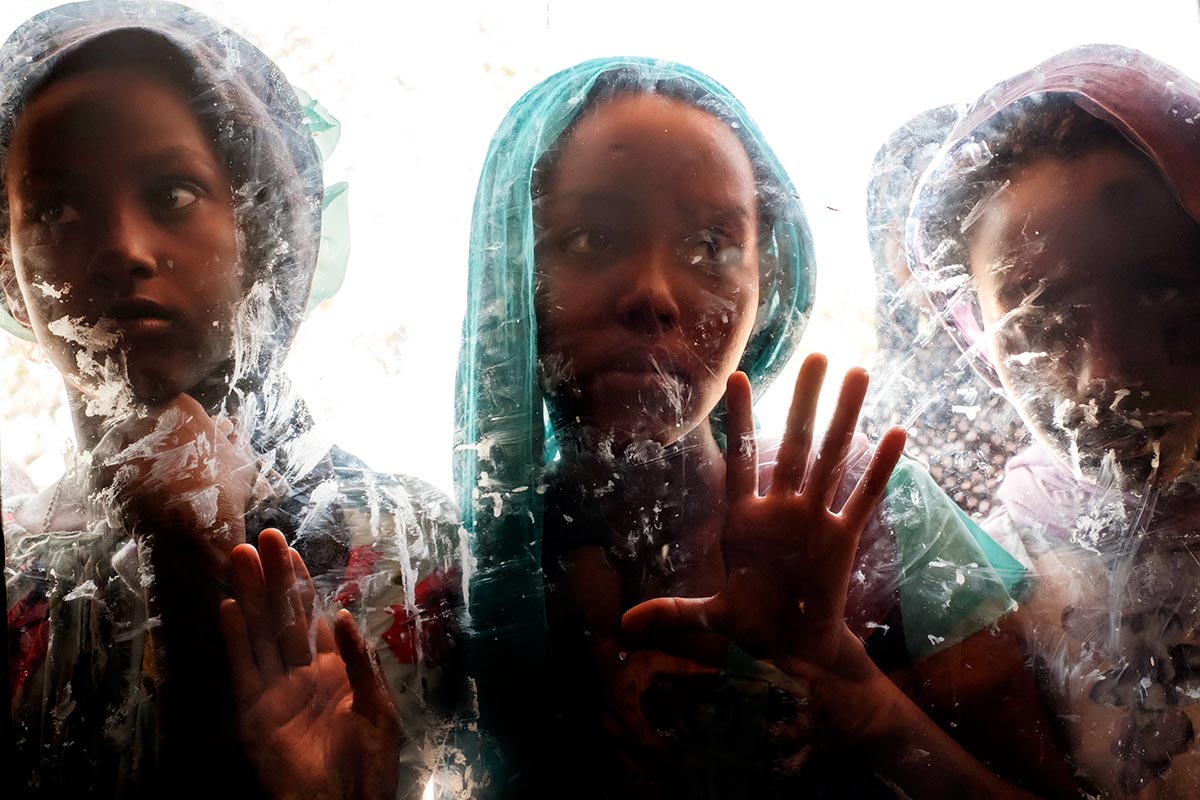Transitional justice: There is not a peace negotiation where it is not invited to the heart of the talks; no exit from an authoritarian regime without it being a part of the political agenda; no major threat nor major contemporary wound that does not have recourse to its practices, principles and dynamics - from climate change to the colonial past, to sexual abuse in the Church.
It is about the search for truth, the need to judge or repair, and the duty to remember. Human societies try to confront past violence and divisions, to overcome them, and to prevent future ones. This is the diverse, changing and ever-evolving field of transitional justice.
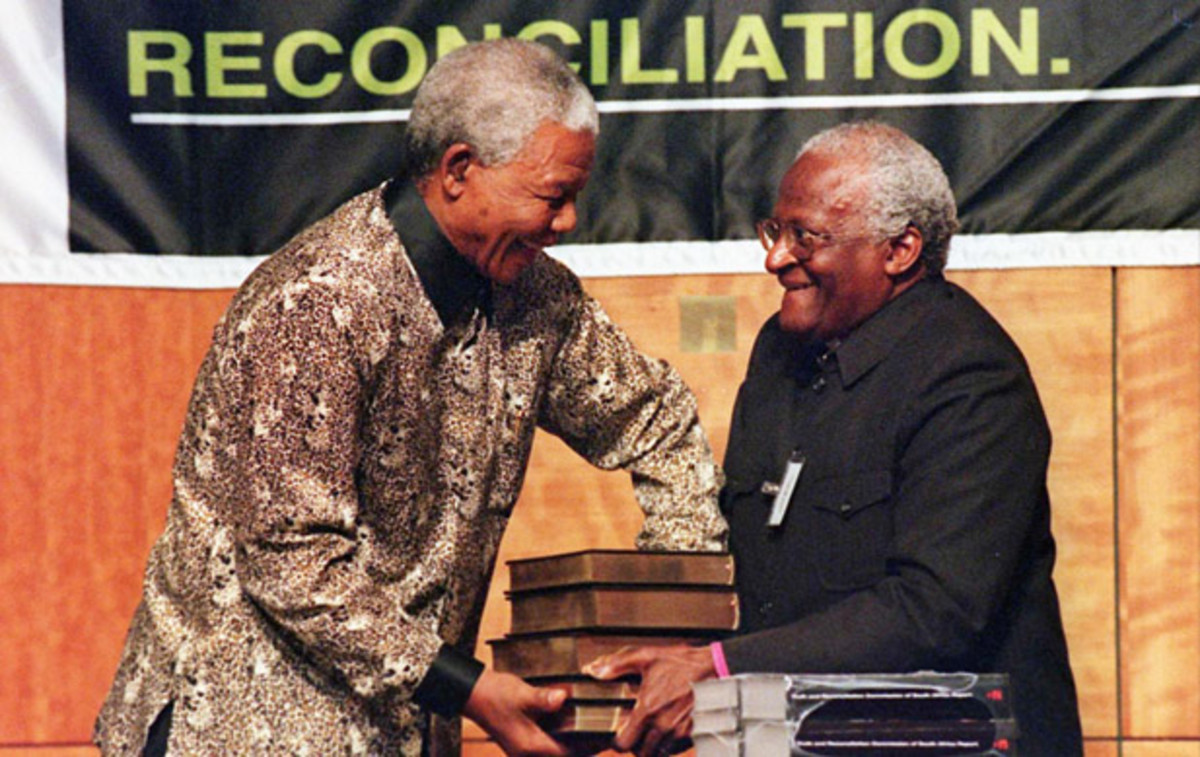
Transitional Justice: a definition
To give a definition of transitional justice is to confine it to what it was yesterday and to omit what it will invent or reinvent tomorrow. Legal proceedings, truth-seeking, reparations, institutional reforms, administrative purges, remembrance, even amnesties, have been and will remain the "mechanisms" developed and put in place by societies in the aftermath of a murderous armed conflict or an oppressive regime in their transitions to peace and the rule of law. It is these approaches and experiences, born decades ago and formalized and theorized from the 1980s-1990s, that are identified as constituting transitional justice.
But at the local and global levels, the field of transitional justice is constantly adapting its tools and adapting to new forms of mass violence, such as those related to the environment, for example. The creativity and adaptability of societies confronted with serious crimes is at the heart of this justice, even while its fundamental objectives - to stop violence and avoid their repetition by identifying its root causes and providing responses to victims - remain intact.
Through educational videos and articles, Justice Info offers here some essential keys to understanding what transitional justice is, its scope and relevance, and why it is today at the heart of multiple issues of societies in crisis as well as of more stable societies.
What do editors say?
One can think about transitional justice in the abstract, one can observe it from near or far, one can get involved because it’s the future of one's own country that is at stake or because the history of others fascinates or compels us. You can feel it, believe in it as well as question it. But it always deals with essential human issues. This is the source of its inexhaustible richness and interest.
Thierry Cruvellier
Transitional justice is where our biggest political, societal and historical crises meet. Whether it be the colonial past, sexual violence or environmental crimes, it deals with all our “wars” by questioning their root causes. At Justice Info, it is why we provide a journalistic account of tireless efforts throughout the world to set virtuous dynamics in motion, as well as a place for a conversation that is more topical and resonates more than ever.
Franck Petit
The key principles explained through video
Every week, on social networks, readers of Justice Info ask us this question: what is transitional justice? So, in June 2021, when the Institut francophone pour la justice et la démocratie (IFJD) proposed a partnership on educational videos that it has produced but which, its managers think, deserve a wider public audience than academic circles, we had no hesitation.
IFJD’s top transitional justice experts explain in a few minutes the history of these mechanisms and practices of justice in the face of mass violence. They detail some of its main principles, illustrating them with concrete examples of how they have been implemented. And they introduce us to its many fields of application, which are constantly evolving.
EPISODE 1 > What is transitional justice?
Jean-Pierre Massias, president of IFJD and professor of law, tells how, beyond the doctrine, this field of action in the face of mass violence has been formed in a progressive and pragmatic way. How did transitional justice come about? How did it take off in the 1990s? Why is it conditioned by the environment in which it develops? Massias lists the five typical situations in which this justice that goes back in time is mobilized, this justice of transition (to democracy or peace, for example), which aims to prevent the repetition of violence by looking into its causes.
Click on the image above to launch the video. To display the subtitles (available in English and French), click on the gear wheel ("Settings") at the bottom right of the video. © JusticeInfo.net / IFJD
EPISODE 2 > What does it mean to have a right to the truth?
Law professor Fabrice Hourquebie explains this central right of victims and the restorative aspect of transitional justice. How do historical truth and judicial truth differ and complement each other? To better understand the mechanisms of oppression, to try to bring answers to them and to avoid the renewal of human rights violations: these are the objectives of this search for truth that so many societies around the world have engaged in.
Click on the image above to launch the video. To display the subtitles (available in English and French), click on the gear wheel ("Settings") at the bottom right of the video. © JusticeInfo.net / IFJD
EPISODE 3 > The right to reparation in transitional justice
What is meant by the right to reparation? What does it mean when it is impossible to repair the situation of the past, or when the victims are deemed too numerous? Xavier Philippe, professor of law and administrator of IFJD, explains the meaning of this right in the context of transitional justice. Individual and collective reparations, material or symbolic reparations: in transitional justice, the right to reparation fulfils different objectives and takes multiple forms.
Click on the image above to launch the video. To display the subtitles (available in English and French), click on the gear wheel ("Settings") at the bottom right of the video. © JusticeInfo.net / IFJD
EPISODE 4 > How is transitional justice carried out?
What are the objectives of transitional justice? What are its means? This episode describes the four historical "pillars" of transitional justice and other measures that have been created and adapted to different situations. Commissions of inquiry, tribunals, reparations programmes, rites of purification, amnesties: the tools of transitional justice can be both very diverse and conflict with other requirements, exposing it to criticism. Yet this demonstrates that it is precisely from its difficulties that transitional justice derives its legitimacy, explains law professor Jean-Pierre Massias.
Click on the image above to launch the video. To display the subtitles (available in English and French), click on the gear wheel ("Settings") at the bottom right of the video. © JusticeInfo.net / IFJD
Some background articles on transitional justice
COLOMBIA:
TUNISIA:
GAMBIA:
NORWAY:
LIBERIA:
INTERNATIONAL:
OPINIONS:
BLIND SPOTS:
These people also follow transitional justice
They analyse, conceptualize, participate in, construct or embody the principles, practices and boundaries of transitional justice. You will hear about them on Justice Info. Here are some useful additional sites.
RESEARCHERS AND ACADEMICS:
- International Center for Transitional Justice (ICTJ)
- Institut Francophone pour la Justice et la Démocratie (IFJD)
- Institute For Integrated Transitions (IFIT)
- Oxford Transitional Justice Research (OTJR)
- Balkan Investigative Reporting Network (BIRN)
NON-GOVERNEMENTAL ORGANISATIONS:
- European Center for Constitutional and Human Rights (ECCHR)
- Civitas Maxima
- TRIAL International
- Open Society Justice Initiative
JUSTICE MECHANISMS:
- Truth, Reconciliation and Reparations Commission (Gambia)
- Jurisdiction Especial para la Paz (Colombia)
- International Criminal Court (ICC)


